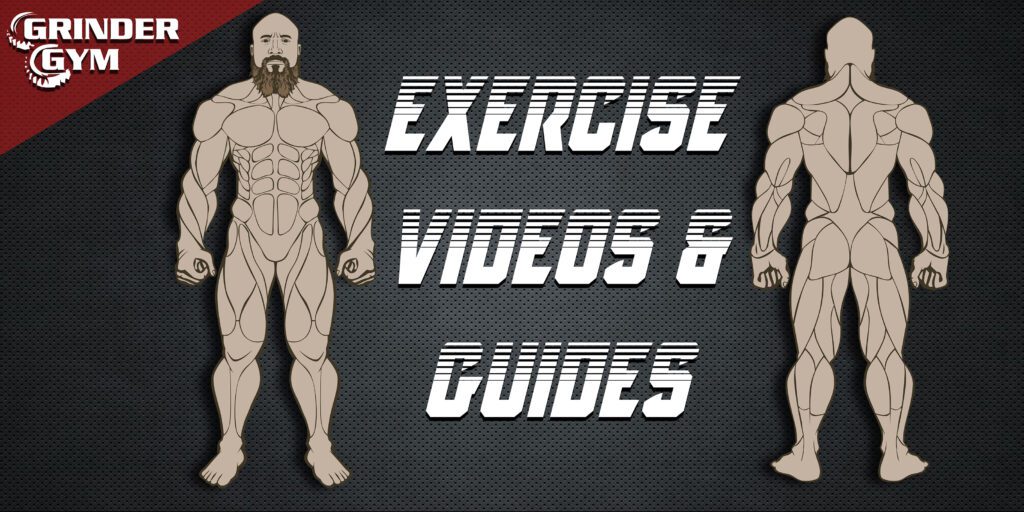Designing an effective workout routine is a cornerstone of any successful muscle-building journey. Whether you’re just starting out or looking to take your gains to the next level, understanding different workout approaches and their respective benefits can make a significant impact on your progress. In this article, we’ll delve into various workout routines, ranging from beginner-friendly full-body workouts to advanced muscle isolation techniques, while also exploring the differences between strength and hypertrophy-focused training.
1. Beginner’s Full-Body Workouts:
When you’re new to the world of muscle building, starting with full-body workouts can provide a solid foundation. These workouts engage major muscle groups in a single session, allowing you to build strength, improve coordination, and develop a balanced physique.
A sample full-body workout for beginners might include compound exercises like:
- Squats
- Push-ups or Bench Press
- Rows or Pull-ups
- Deadlifts (lighter variations)
- Planks
Performing 2-3 sets of each exercise, with 8-12 repetitions per set, can help you build a foundation of strength and muscle endurance.
2. Intermediate Split Training Programs:
As you progress and your strength increases, you might transition to split training programs. These programs focus on specific muscle groups during each workout, allowing for more targeted training and recovery.
Common splits include:
- Upper/Lower Split: Alternating upper and lower body workouts on different days.
- Push/Pull/Legs Split: Dividing workouts into pushing movements (chest, shoulders, triceps), pulling movements (back, biceps), and leg-focused exercises.
- Body Part Split: Devoting individual days to specific muscle groups (e.g., chest, back, legs, arms).
An example of an upper/lower split:
- Upper Body: Bench Press, Overhead Press, Rows, Bicep Curls
- Lower Body: Squats, Lunges, Deadlifts, Leg Press
Performing 3-4 sets of each exercise, with 6-10 repetitions per set, can help stimulate muscle growth.
3. Advanced Muscle Group Isolation Techniques:
For those seeking to refine and isolate specific muscle groups, advanced techniques come into play. These methods focus on maximizing muscle engagement and achieving muscle definition.
Techniques to consider:
- Drop Sets: Gradually reducing the weight after reaching muscle failure to extend the set.
- Supersets: Alternating between two exercises with little to no rest, targeting opposing muscle groups.
- Negatives: Emphasizing the eccentric (lowering) phase of an exercise to induce muscle damage.
- Isolation Exercises: Concentrating on a single muscle group with exercises like leg extensions, lateral raises, and tricep kickbacks.
Incorporating these techniques can help break plateaus and challenge your muscles in new ways.
4. Strength vs. Hypertrophy Workouts:
Understanding the distinction between strength and hypertrophy training is crucial in tailoring your workout routine to your goals.
- Strength Workouts: Focus on lifting heavy weights with low repetitions (1-6 reps) and longer rest periods. These workouts primarily target the nervous system, enhancing your ability to lift maximal loads. Exercises like squats, deadlifts, and bench presses are commonly featured.
- Hypertrophy Workouts: Aim for moderate weights and higher repetitions (6-12 reps) with shorter rest intervals. These workouts stimulate muscle growth by increasing metabolic stress and muscle damage. Exercises might include curls, leg presses, and lateral raises.
Remember, periodization—an organized approach that varies intensity and volume—can prevent adaptation and optimize long-term progress.
In conclusion, workout routines should be tailored to your fitness level, goals, and preferences. Whether you’re a beginner or advanced lifter, understanding the principles behind full-body workouts, split training programs, isolation techniques, and the nuances of strength and hypertrophy training will help you craft a personalized regimen that propels you toward your muscle-building aspirations. As you evolve, don’t hesitate to experiment, challenge yourself, and consistently strive for progression.

